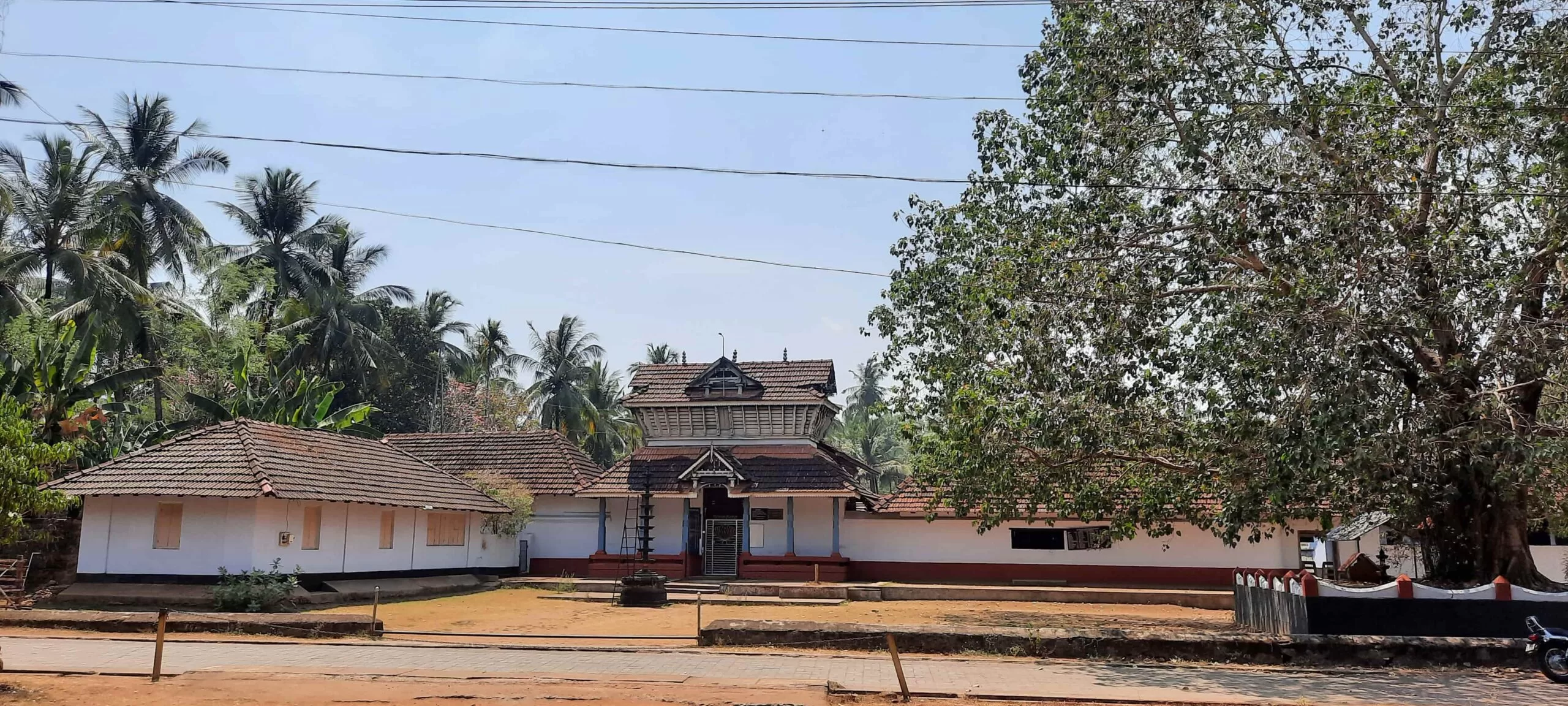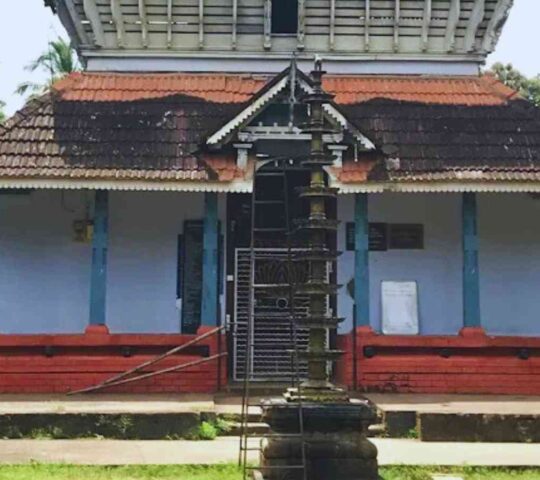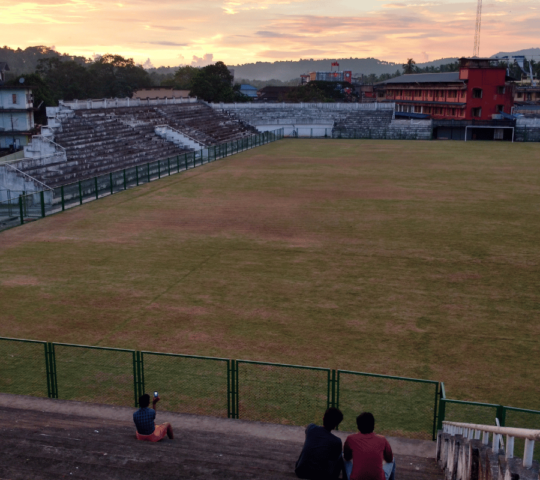Nilambur Kovilakam
Hightlight
-
 Car parking
Car parking
-
 Non smoking
Non smoking
Nilambur Kovilakam, once the seat of the Nilambur Kingdom, was a feudal city-state located along the Nilgiri range of the Western Ghats in present-day Kerala. Its capital was situated 25 kilometers north of Manjeri, in Malappuram district, and the region was ruled by Samantha Kshatriya nobles who served as vassals of the Zamorins of Calicut. The Nilambur Rajas rose to prominence through alliances with powerful Brahmin families, alternating rule between Kshatriya and Brahmin leaders.
Nilambur Kovilakam: Forests, Festivals, and the Legacy of Royalty
Historically, Nilambur was famed for its rich forests and tribal settlements. The local rulers managed vast estates and collected food tax offerings for the Zamorin. One notable aspect of Nilambur’s legacy is its association with the world’s first organized teak plantations. The Cannolly Plot, planted in 1846, still preserves some of the earliest teak trees, while the Nilambur Teak Museum, established in 1995, educates visitors on the history, science, and art of teak cultivation. The museum, operated by the Kerala Forest Research Institute, is located just a few kilometers from central Nilambur and features extensive exhibits on teak, along with collections of insects and butterflies.
On the picturesque banks of the Chaliyar River stand Nilambur Kovilakam and the historic Vettakkorumakan Temple. The temple, approximately 200 years old, is renowned for its unique Kerala-style architecture and lush surroundings. It is dedicated to Vettakkorumakan, a deity in Hindu mythology considered the son of Lord Shiva. The temple’s six-day annual festival, known as Nilambur Pattu Utsavam and held in the Malayalam month of Dhanu (December-January), draws crowds for its vibrant rituals, traditional arts, and hymns sung by tribal communities as well as members of the royal family. This festival has evolved from local tribal celebrations to a major cultural event in the Malabar region.
In addition to religious and cultural importance, the Nilambur Kovilakam family played a significant social role—contributing land for public institutions such as schools, hospitals, and plantations. Remnants of aristocratic palaces and homes, including Pootheri Illam, constructed in 1917, can still be found in the region. Nilambur continues to be recognized for its forestry, historical significance, and the preservation of Kerala’s unique architectural and cultural heritage. Both the Vettakkorumakan Temple and the Teak Museum are must-visit destinations for those wishing to explore the traditions, history, and natural beauty of Malappuram and the wider Western Ghats.
FAQ's
Things to Do at Nilambur Kovilakam
Explore the architecture and nature, Photography, visit the Teak museum.
Entry Fee to Nilambur Kovilakam
There is no fee to visit this place.
Best time to Visit Nilambur Kovilakam
One can visit Nilambur Kovilakam any time throughout the year but the best time to visit Kerala is durine the winter season.
How to Reach Nilambur Kovilakam
The nearest railway station is Nilambur which is 3 kilometers away and the closest airport is Calicut International Airport which is 45 kilometers away





